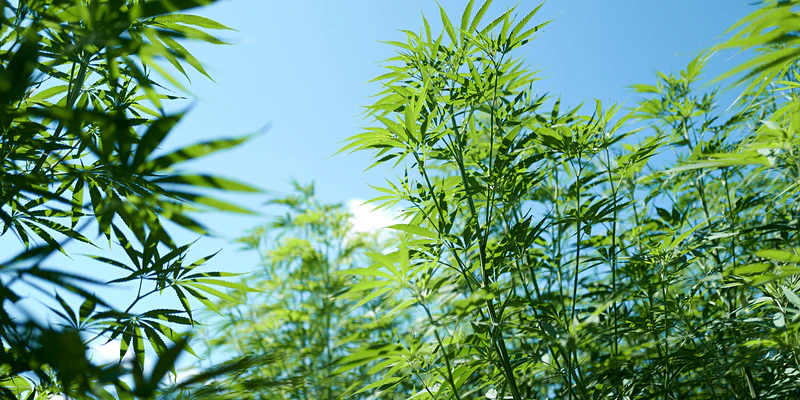Cash incentives have spurred some growers to implement cover crops as part of their farming operations. But a recent survey has shown, after those incentives from cash or crop insurance discounts go away, producers are prone to stick with the process.

In a U.S. Department of Agriculture interview, Rob Myers, director of the MU Center for Regenerative Agriculture at the University of Missouri, talked about the findings from the survey that counters a myth regarding cover crop usage.
“Once that incentive payment goes away, does the farmer stick with cover crops? Sixty-seven percent said definitely yes, they’re going to stick with cover crops after those payments end. Another 22 almost 23%, probably yes. We’re looking at about 90% that are saying, they’re either definitely or probably going to stick with cover crops,” Myers said.
“We only had about 3% that said they would stop using cover crops, either probably or definitely after the incentive ends.”
Cover crops are utilized in between production seasons. They improve the soil quality and health in preparation for the upcoming growing season but can also help reduce nematode reproduction; if growers implement cover crops that are poor hosts.
Sunn hemp is a good cover crop to use. It produces high amounts of biomass and is a poor host to root-knot nematodes and sting nematodes. It also contains alkaloids in its tissue. Its leaf and root residue have nematocidal activity.









